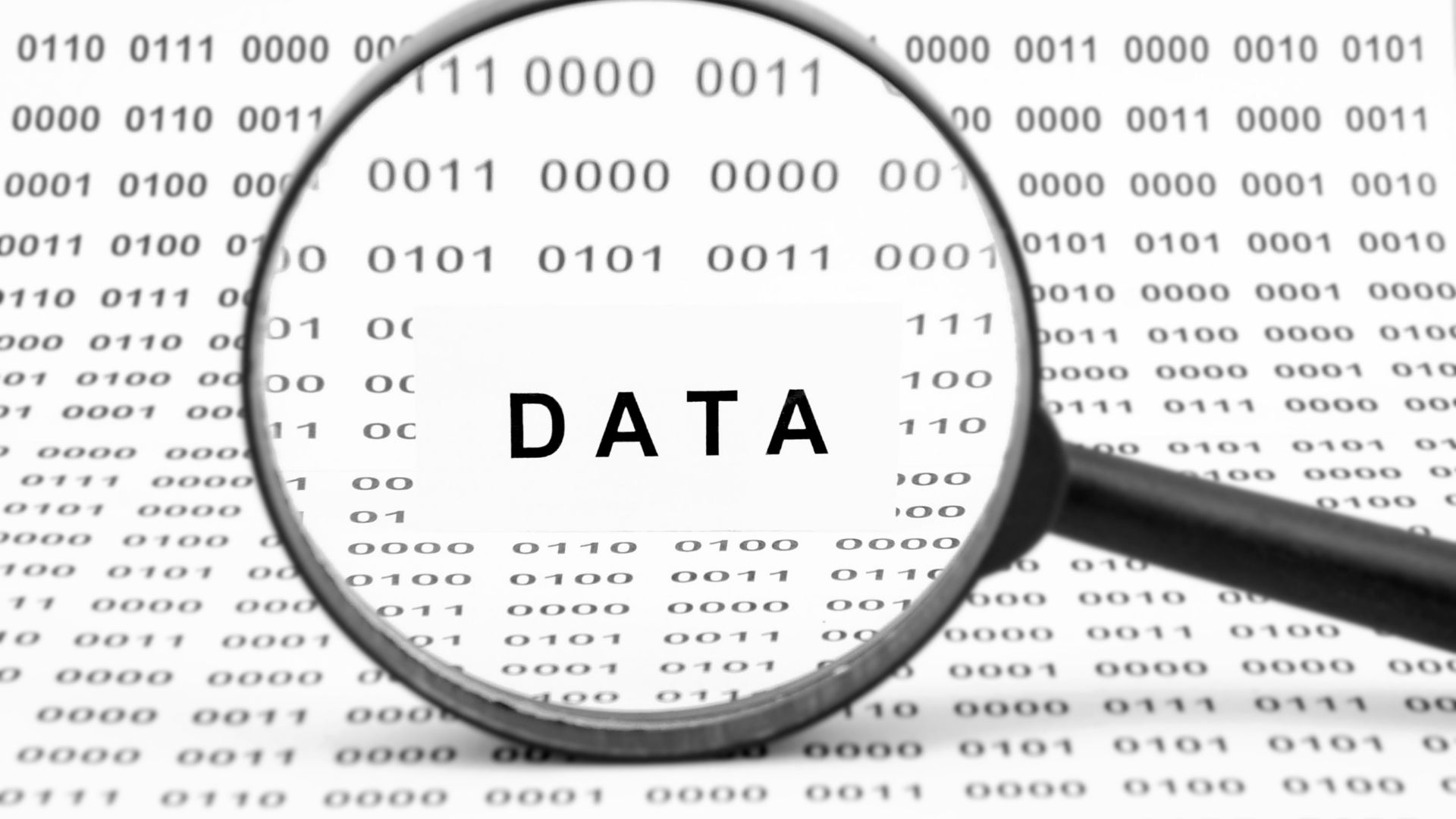Your tech business has a lot at stake, and it’s more important than ever to find good talent. More important, still, is keeping that talent after they’ve been hired so that you’re not wasting time or resources.
This is where workforce intelligence can make a difference. Instead of being reactive to your company’s ever-changing workforce demands, you can be predictive. The right use of workforce analytics can redefine your methods when it comes to the acquisition and retention of human capital.
What Is Workforce Intelligence?
Essentially, workforce intelligence is the process of gathering data about employee behavior and patterns in the workforce to find actionable guidance that can help better manage your human resources.
Companies like Revelio Labs, the industry leader in workforce intelligence, provide access to the kind of AI-powered technology needed to make use of all the data that’s available through software-as-a-service (SaaS) applications that can be used to inform a company’s approach to all human resource decisions.
“The information is out there that could permit companies to make data-driven decisions. There are hundreds of millions of public workforce documents available, but it isn’t being used very efficiently,” Revelio told us. That’s where the use of proprietary artificial intelligence and analytical models come in. With its team of economists, engineers, and data scientists, the workforce solutions provider provides insights that empower its partners to make better hiring decisions.
Essentially, the goal of workforce intelligence is to take all of the guesswork out of a talent search. When the data is properly sorted and examined, the process of matching human talent with the right organization is much more transparent and efficient — and far more likely to be to their mutual benefit.
What Can Your Company Gain From Workforce Intelligence?
This data-driven technology can be applied in several different ways to help you:
1. Manage Your Turnover
You can control the cost and disruption associated with turnovers. High turnover rates can be incredibly disruptive in the tech industry and lead to expensive delays. Hiring replacements takes time. With workforce intelligence, you can monitor attrition signals and disengagement to adopt a next-level hiring model that minimizes those disruptions.
2. Improve Your Hiring
As older tech workers retire, finding new employees who have prior experience in a specific area will get harder. Without a background you can check into, it can be difficult to know whether a given job candidate is the right fit for your company’s culture. Workforce intelligence can help you find new talent based on their potential by analyzing what information you have on each candidate and comparing it to data about your existing employees.
3. Optimize Your Workforce
The IT industry is dynamic, with business opportunities and demands that constantly shift. You have to constantly reallocate your human resources around them. Workforce intelligence can use third-party market data and employee performance predictions to create work schedules and add temporary workers so changes can be absorbed without strain.
When you make use of the high-powered visibility offered by workforce intelligence and AI-driven analytics, you gain a reliable channel of information that will ultimately help improve your company’s productivity and business.



